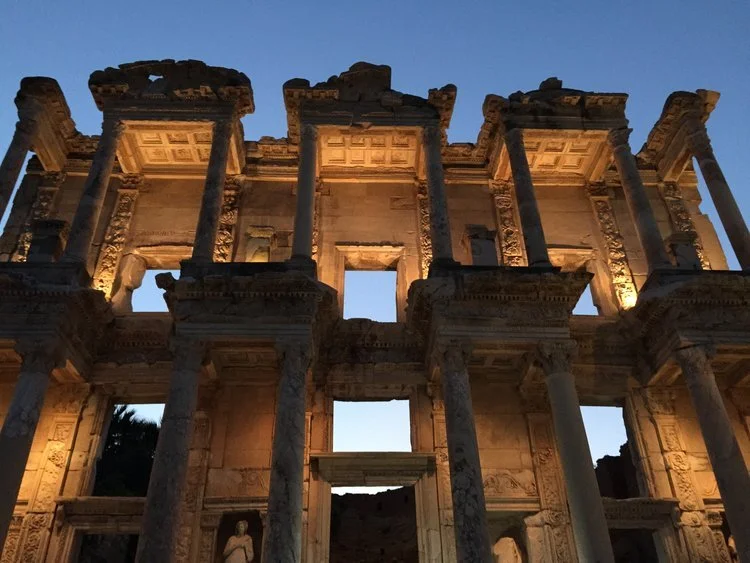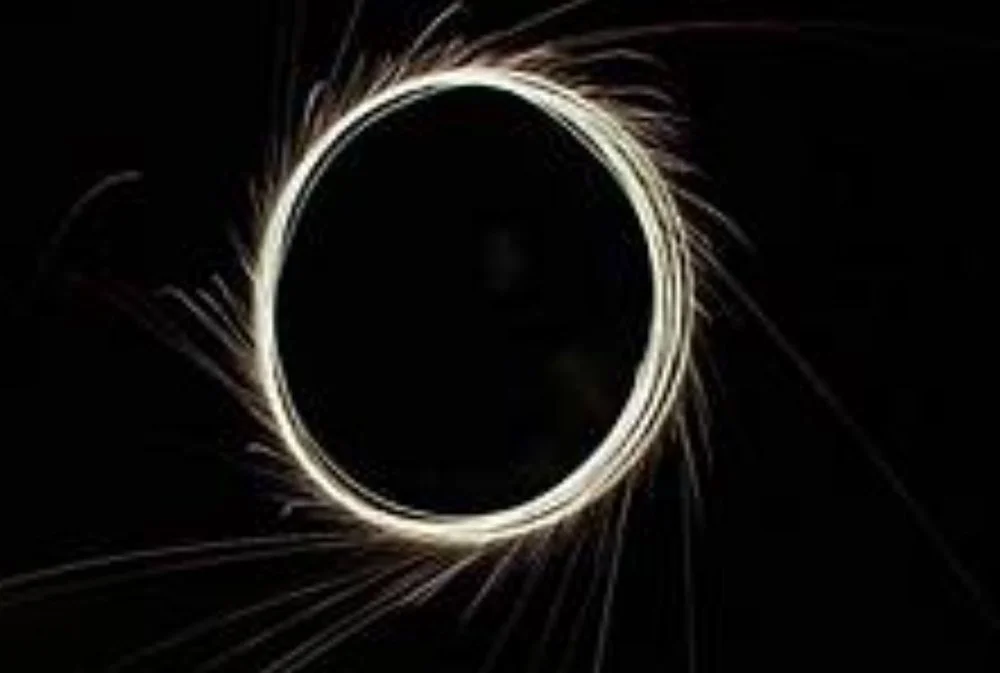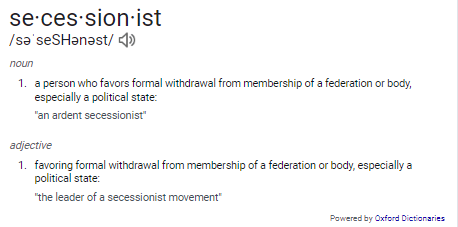
We live, make, tell and share stories every day.
We are all novels.
For all the content we consume, the myriad of details and experiences that make up a day, do we really pay attention? Are we always missing this moment because we are either in the one we just left or planning the moment we’re heading to.
We are own novels. What is seemingly mundane, it is often more nuanced than we take it for. What chapter did your life write today?
Slieve, on Achill Island , Ireland: the abandoned village of a million tales.
Of all the sad stories of Ireland, few can get near the pain of the Potato Famine; one million people died, one million left for the US. On Achill Island, Slieve, an abandoned village, speaks of a millions stories lost to Time. I cried then realized how many lives were saved by leaving, and generations of Irish who succeeded -- but never came home.
Human Micro-Tales
Is this a tree at sunset? Or is it a story yet untold?
Surrounding us are micro-tales of Humans having meaningful interactions every day. But do we see it? Pause, two minutes, look around. What are they doing? Gather the micro-tales. Stories like gems cast on the sidewalk.
Pandemic fiction: darkness & redemption..
Pandemics have always been part of the apocalyptic pantheon of fiction. (ie. The Stand). But this recent one, ever-rolling, exposing the best and worst of Humanity, has uncanny timing along with climate change, fractious polarization of many societies, and yet an awakening to a more spiritual world…Humankind at a crossroads.
The slow acceptance of this pandemic as “it’s another flu shot every year”, maybe a bit naive, but reveals the elasticity and denial that is hope buried in our Human wiring.
What is Pandemic Fiction to this author?
Pandemic fiction, at its heart, for this author, is about human resilience. Cynicism is easy. The essence of hope takes more focus to stay strong but it is at the heart of being Human.
People have had strong reactions to a story in the throes of this Pandemic. Rightfully so!
Here is my intent: the Pandemic is like a dark castle surrounding and setting a dangerous mood around the characters. BUT, I also wanted to show human resilience, and how the “norm” we all seek might well be rooted in the ability to just live your life.
Having worked on a vaccine in 2020, I know very well what the scenarios are for today and the next few years. And yes, I have mighty hope.
Resilience and Thrillers
Human resilience is a complex subject and we all need to examine how we face the trials of today, tomorrow, and on. In terms of the thriller, “Even A Pandemic…” resilience is a major undercurrent laid in a sedimentary layer with several others — because despite all the shitstorm around him, Alby O’Brien, the so-damaged and forlorn lead character, never really gives up.
He may warm himself with his failures, codify his defense, but he never truly gives in. So when hope and love peek into his darkness, he doesn’t shrink from it, he reaches out.
This was built into the novel with a deep purpose.
@aesoneill
#evenapandemic
Can a "thriller" heal? Only if there is love.
In the New Yorker there was a piece about: do thrillers overuse trauma too often, too easily? The thesis is that it was not only exploitative but only reinforced the importance of trauma, reinforcing its importance.
True. Yet, it does not have to be this way at all. Can all the disruption around us also disrupt a genre? Can such a popular genre, with all the familiar melodies and themes, horrifynig and comforting all at once, actually speak as much to love as trauma?
Yes. The ancient face of Greek drama, going back 2,500 years or so required it: drama has to have both Ethos and Pathos. The duality of sadness and compassion is a true balance; in many ways, as over-the-top as the Greeks were in their dramas, they figured it out:
Ethos + Pathos = Human.
Fallible, misbegotten, injured, yet brave, striving, standing up against the impossible, and always seeking love and redemption, the ultimate form of compassion.
So how does one actually make that work today?
#aesoneill
The burning co-existence of Good and Evil
The tension and unending conflict between Good and Evil is real. Evil exists. Good just as much, but as that old line goes, “Good news doesn’t sell newspapers”, so we hear less about those millions of acts of daily kindness or utter self sacrifice that go on across the planet every day.
My own experience is that Good and Evil exists in everyone; it is just a quantity that is the difference. A family “friend” who was a major hitman and ruthless killer, yet the first person to say a kind word; or in the novel “Even A Pandemic Can’t Stop Love and Murder”, the character Fat Joe demonstrates the same human contradiction —
There is always a price to pay.
It is a engrained fact for we Humans to believe that for nearly everything in life you achieve or loose, you will pay a price. Emotional. Sometimes physical.
Having paid their price, each chooses their path: fold, live, thrive. So many spiritual leaders came to their life’s mission through tragedy and trauma. Yet they came out ready to channel it into something helpful, teachable meaningful, life changing. They paid an awful price for true clarity of being.
As John O’Donohue said, “Grief powers joy.”
A strong theme in life carries over to fiction. Because I put forth that even at the worst moment, redemption is possible, I should explain. Watching the couple, Ginger and Alby, struggle with their being ‘broken’ yet wanting so badly to find their way out is in itself redemptive for me, the author, and hopefully many other readers.. Alby certainly paid his price in the first book; Ginger will pay hers in book2…”Even Climate Change Can’t Stop Love and Murder”.
In my heart of hearts, I think it is time this get the hell gone. It should not be this way.
Archetypes unblur the world.
If you stop and feel the flow of the world, two clear movements are in dramatic motion. Tech, dissolution of our belief in institutions (a 40-year trend), rapacious consumption of our planet, feel corrosive and out-of-our-control.
The other motion holds a higher, more seminal place in human consciousness, that of archetypes.
In the last few years, I have felt like I had had my sense of right and wrong blurred; a portion of my natural outrage at indecent behavior dulled into a slow, cluttered flow of noise and detritus of too much, too fast, with no one at the tiller’s hand. The world is off-the-charts loud.
Now we see Evil and Good. They are focused archetypes manifested in the events on the world stage. We see how meteorically droves of humans grasped the archetype of Hero. Equally, Evil, although seen in one face, is really the personification of all the smaller evils that surround and corrode us.
Archetypes unblur the world.
Archetypes are meant to inspire. They bring all sense of Right and Wrong into painful focus; our moral fatigue is shucked. When you believe in the archetype of a Hero, you have already increased your ability to do something good, small, large, kind, and determined not to lose focus.
Can I make a secessionist a good person?
Writing about social issues in a thriller may not be unusual, but what if you are writing about the near future in the United States? Can you not take a stand? Can you be morally non-judgemental? My characters in “Even Climate Change Can’t Stop Love an Murder” (coming soon) deal with secessionists, guns, and the evil antagonist climate chaos.
At every turn, I have been hewing to “keep it grounded and human” and not indulge in polarities I consider cheap thrills. To delve into the righteous mindset of a secessionists or are they just misguided? Morality and fiction are a true but carefully balanced marriage.










